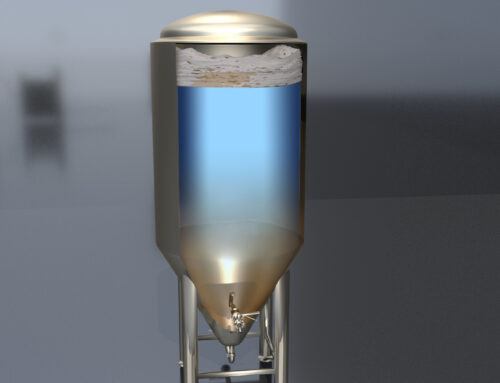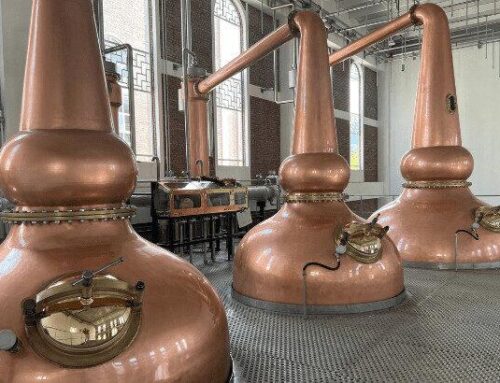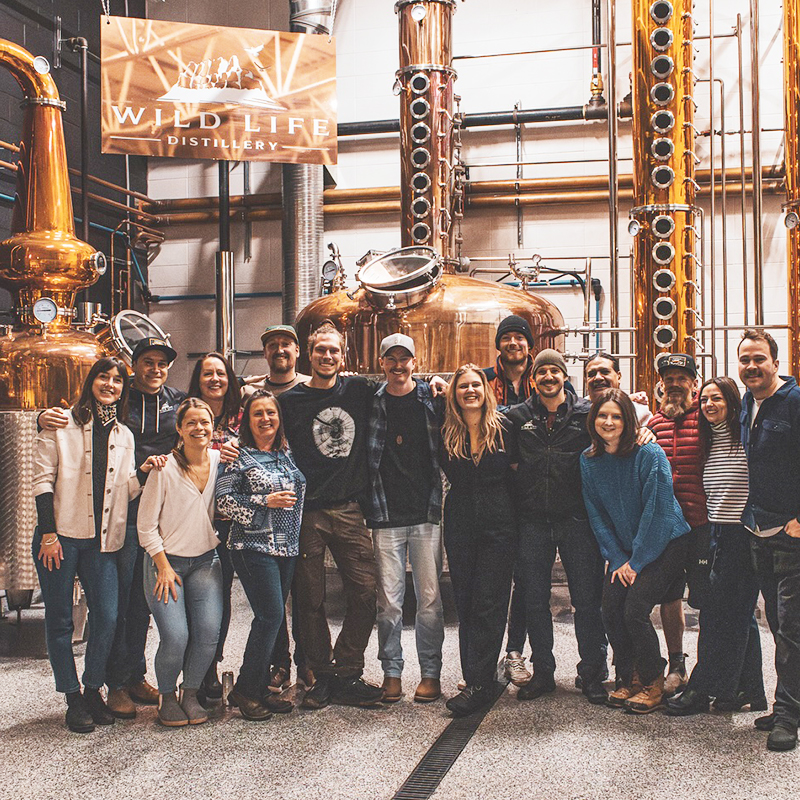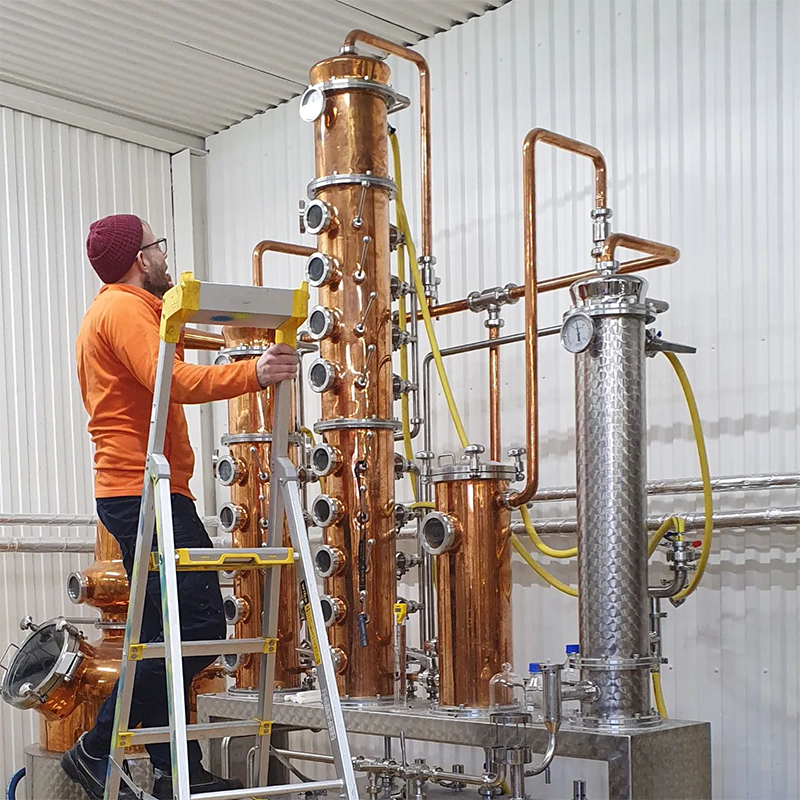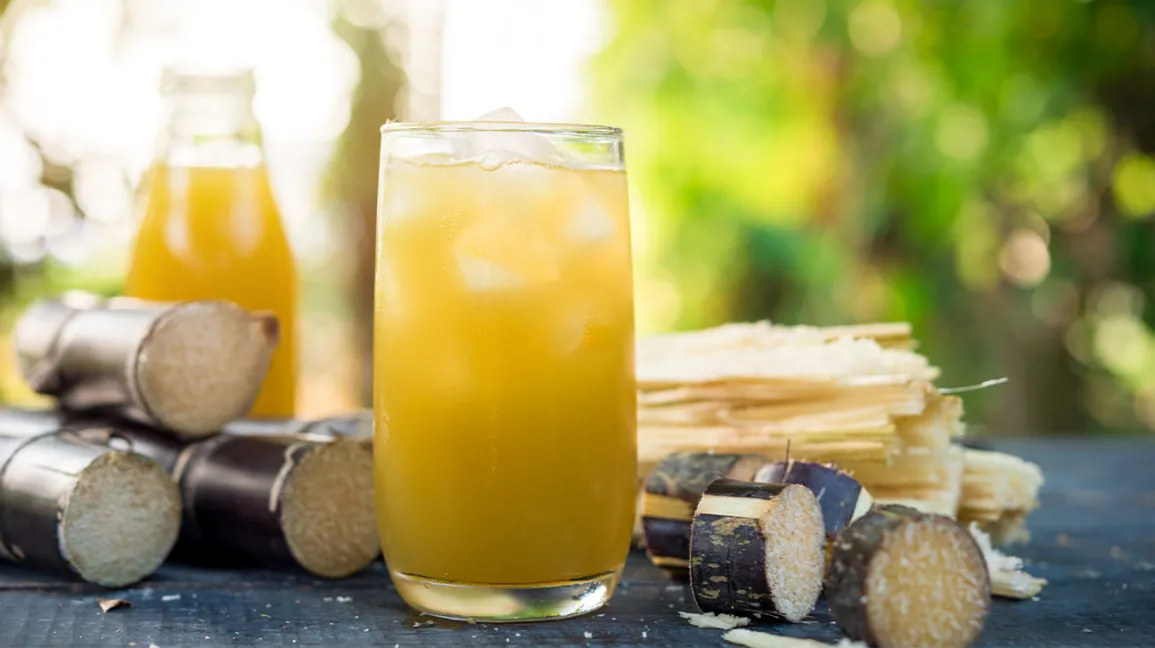
Unlocking Molasses in Rum Production
When we think of rum, it’s often rich history and sugar cane that comes to mind. But did you know that sugar cane molasses is a crucial ingredient in nearly 90% of the world’s rum? This dark, sweet syrup, born from sugar production, has a fascinating journey within the world of rum that remains largely unexplored.
From Molasses to Your Glass

Rum’s history is intrinsically linked to molasses. In the 16th century, the first spirits that would eventually become rum were crafted from this sugar derivative. This transformation took place in the Caribbean, where sugar cane was initially introduced for sugar production. What remained or spilled out during the sugar extraction process, those offcuts and scum, became the key ingredients for rum-making. This rudimentary method was a far cry from today’s highly industrialized molasses production, but it was a promising start.
Molasses Rum
Fast forward to the present, and you’ll find that several countries with little or no sugar cane production have emerged as significant rum producers. How can this be? The answer lies in the magic of molasses importation. Puerto Rico, known for world-famous rum brands like Bacardi, Captain Morgan, and Don Q, has no sugar cane production of its own but thrives in the rum industry by importing molasses.
Similarly, the decline of the sugar industry in Barbados and Jamaica, coupled with the growing popularity of rum, has led them to turn to imported molasses for their rum production. Even countries like the USA, Canada, and France have adopted molasses as a primary raw material for their rum.
The use of imported molasses has diluted the concept of terroir in the rum world. Unlike cane juice, which is deeply influenced by its place of origin, molasses rums lack this regional specificity due to the standardized manufacturing process and cooking methods.
Understanding Molasses Varieties
To comprehend the nuances of molasses, it’s essential to consider the sugar production process. During the initial stages, cane juice is boiled, resulting in a dark, high-sugar content mass. The first sugar crystals harvested from this process yield A-sugars and A-molasses, characterized by their dark, viscous texture and a hint of licorice.
Most rum production, especially in sugar factories, relies on molasses B and C, obtained from the second or third extractions.
Each type of molasses varies in color, brick content, and viscosity. Generally, the less molasses is extracted, the higher the quality, but exceptional rums can also be crafted using end-of-production molasses.
Decoding Sugarcane Honey
You might come across the term “cane honey” when exploring the raw materials of rum. However, its definition can be confusing, as it varies by country of origin. In Latin America, cane honey or cane syrup refers to the product obtained from heating the first-press juice over low heat for three days, resulting in a syrup with 70% sucrose content, exuding aromas of brown sugar. It stands between pure cane juice and molasses, offering a unique raw material for rum production.
Benefits of Molasses
Molasses is popular for its stability. With its high sugar content (ranging from 45% to 70% sucrose), it inhibits yeast growth, making it possible to transport over long distances and periods without spoilage. This is especially important for rum, which is often sold around the world.

Cane juice, however, is fragile and must be used within 24 to 48 hours unless frozen, which comes at a high energy and environmental cost.
Molasses rums also benefit from higher distillation levels compared to pure cane juice rums. This results in a significant increase in yield. With the same quantity of molasses, three times more rum can be produced than with cane juice. This explains why rum can now be crafted at various latitudes around the world.
So, is molasses a mere by-product of the sugar industry or a valuable material for rum production? The answer depends on who you ask. For producers of agricultural rum or pure cane juice, it may be seen as a waste product. However, for the vast majority of traditional rum producers, molasses is the lifeblood that shapes their spirits and deserves the utmost respect.

